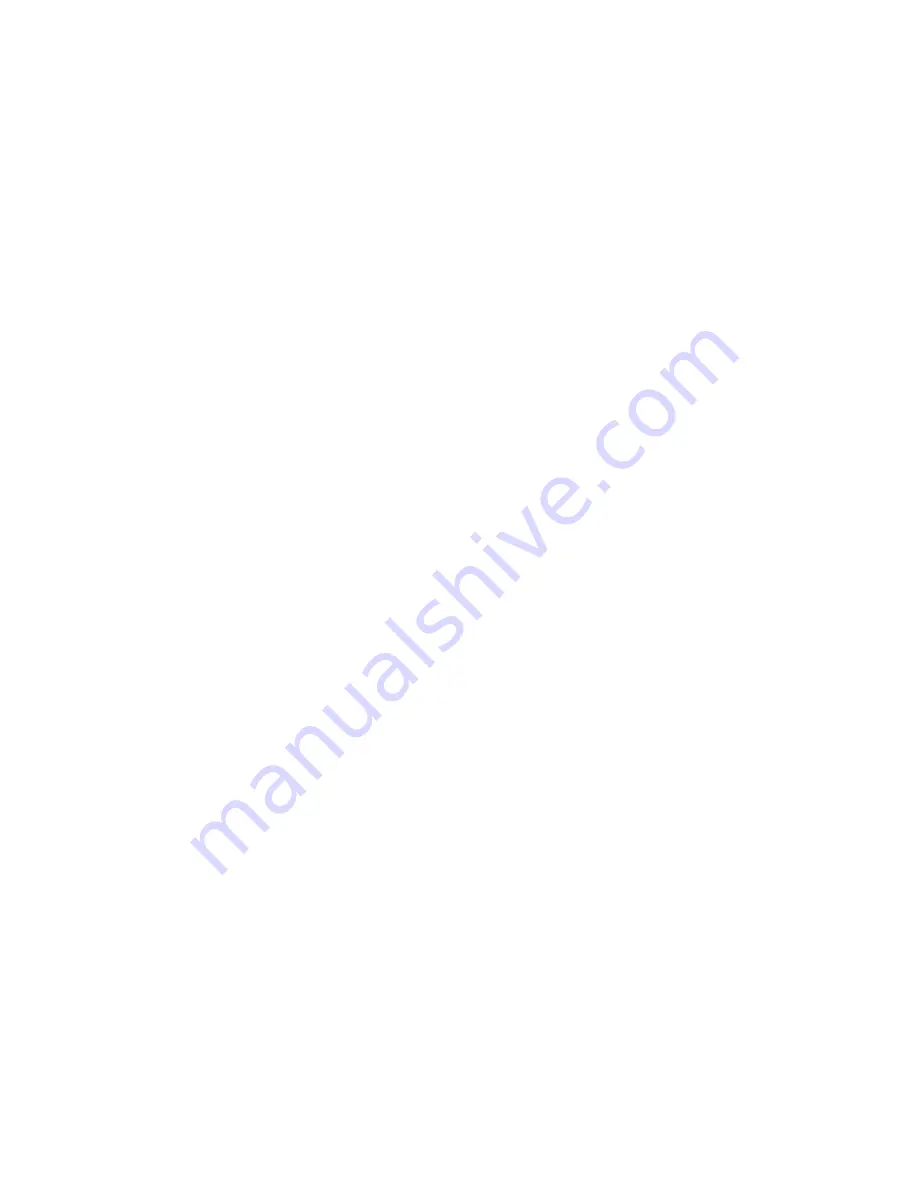
41
The calculations required to place each point of the texture
bitmap to the correct place in the 3D world, accounting for the
rotation / scaling / translation / perspective of the world's
object.
Texture memory
Part of the memory that is used to store the texture maps.
Usually a separate block of memory (separated from the Frame
and Z-buffer). There is 2Mb on most cards while the powerVR
based cards have 4Mb. Texture maps can be stored in different
formats : color depth, size (32x32 up to 256x256 pixels). The
pixels of a texture map are usually referred to as Texels. The
more Texture Memory your card has the more different texture
maps can be used in a scene. This allows more MIP-levels or
more different ones to avoid repetition of the same texture
maps over and over, gives more variation and more realism to
the scene.
Turbo Queue
Turbo queue is a way of allocating a portion of off-screen
memory as the command queue buffer when internal hardware
command queue is nearly full.
Z-Buffering
An algorithm or mathematical process used in 3-D graphics to
determine which objects, or parts of objects, are visible and
which are hidden behind other objects. With Z-buffering, the
graphics processor stores the Z-axis value of each pixel in a
special area of the memory called the Z-buffer. A Z-buffer
involves a block of memory equal to the display resolution
(e.g. 640x480) multiplied by the number of bits of depth
resolution desired (e.g. 16-bits). Different objects can have the
same x- and y-coordinate values, but with a different z-
coordinate values. The object with the lowest z-coordinate
value is in front of the other objects, and therefore that's the
one that is displayed. When a new pixel is rendered its Z-value
is compared with the Z-value of the current pixel and only if the
Z-value of the new pixel is less than the one already stored will
the new pixel be written to the display buffer. Therefore value
of the z-coordinate value (represented by a 16bit number)
Содержание 3DForceXabre400-64Q
Страница 14: ...14 3 Click on Next again 4 Click on Next button with Typical selectable option...
Страница 18: ...18 4 Click on Next button 5 Click on Next button with Typical selectable option...
Страница 19: ...19 6 Do not change anything on this screen click on Next button to continue 7 Click on Next button again...
Страница 22: ...22 4 Click on Next button 5 Click on Next button with Typical selectable option...
Страница 23: ...23 6 Do not change anything on this screen just click on Next button to continue 7 Click on Next button again...
























